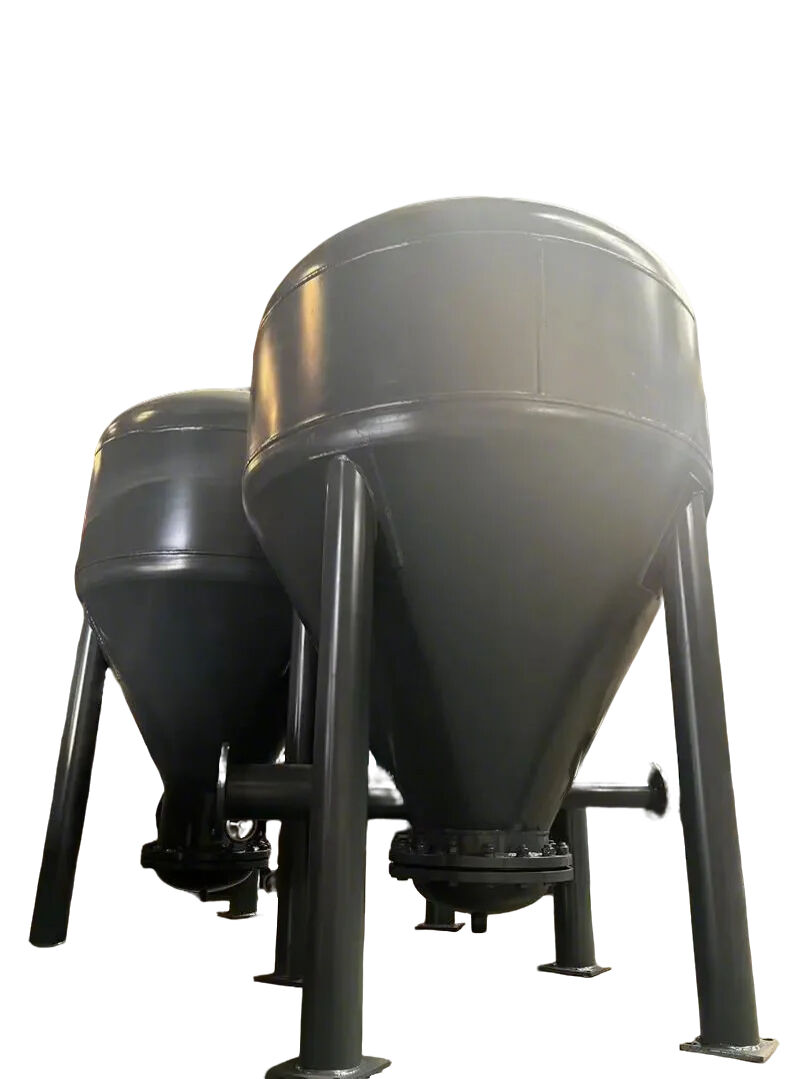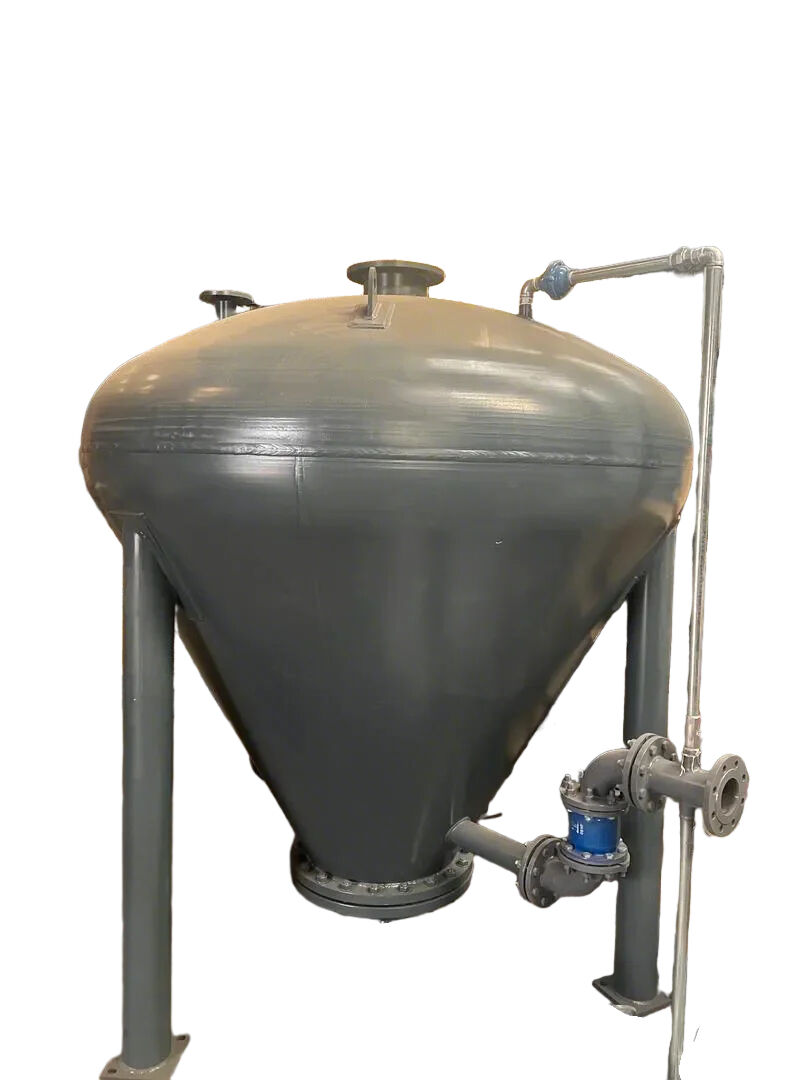The Evolution of Industrial Power and Control
In modern industries, the way power is delivered and controlled has a direct impact on productivity, safety, and efficiency. Traditional mechanical systems have long been used to handle force transmission, lifting, and movement. However, as industries evolved and new technologies emerged, Pneumatic Systems became a preferred choice in many applications. These systems use compressed air to generate motion, control processes, and provide force in a wide range of sectors, from manufacturing to healthcare.
Why have Pneumatic Systems gained such popularity? The answer lies in their flexibility, safety, and cost-effectiveness. Unlike mechanical systems that rely on gears, chains, and motors, Pneumatic Systems take advantage of compressed air as a clean and readily available medium. This provides unique advantages in terms of design simplicity, maintenance reduction, and adaptability to different environments. For industries that demand reliable and efficient operations, Pneumatic Systems represent a powerful alternative that offers both performance and sustainability.
Fundamentals of Pneumatic Systems
Basic Principles of Pneumatic Operation
Pneumatic Systems operate using compressed air stored in tanks or generated through compressors. The air is transmitted through pipelines and directed by valves to actuators, cylinders, or other devices, where it is converted into mechanical motion. The simplicity of this principle makes Pneumatic Systems highly reliable and easy to integrate into industrial processes.
Key Components of Pneumatic Systems
The main components include air compressors, reservoirs, filters, regulators, actuators, and valves. Each plays a vital role in ensuring smooth operation. Compressors supply the air, filters clean it, regulators control the pressure, and actuators convert the energy into movement. Together, these parts form an efficient and low-maintenance system that can adapt to various applications.

Advantages of Pneumatic Systems in Industrial Applications
Reliability and Durability
Pneumatic Systems are known for their long service life and robustness. Because air is the working medium, they do not suffer from many of the issues that mechanical systems face, such as lubrication failures or gear wear. This reliability reduces downtime and ensures continuous operation in demanding environments.
Cost Efficiency and Maintenance
Another advantage of Pneumatic Systems is their cost-effectiveness. Compressed air is relatively inexpensive, and the systems themselves are often simpler to maintain compared to mechanical alternatives. Many industries choose Pneumatic Systems because they require fewer moving parts, resulting in lower repair costs and extended equipment life.
Safety Features of Pneumatic Systems
Reduced Risk of Sparks and Overheating
One of the most notable safety benefits of Pneumatic Systems is their ability to operate without generating sparks or excessive heat. Unlike mechanical systems powered by electricity, Pneumatic Systems are ideal for hazardous environments such as chemical plants, mines, or areas with flammable gases.
Safe Overload Handling
Pneumatic Systems can handle overload conditions without catastrophic failure. Instead of breaking down under stress, the compressed air can simply be vented. This feature makes them safer for operators and helps prevent costly damage to equipment.
Versatility and Adaptability of Pneumatic Systems
Wide Range of Applications
From food processing lines to automotive assembly plants, Pneumatic Systems are used in diverse industries. Their ability to operate in extreme temperatures and environments makes them an attractive option where mechanical systems might fail.
Ease of Integration with Automation
As industries move toward greater automation, Pneumatic Systems offer seamless compatibility with control systems. Modern sensors, controllers, and programmable logic devices integrate easily with pneumatic actuators and valves, ensuring precision and efficiency in automated workflows.
Environmental and Sustainability Benefits
Clean and Eco-Friendly Energy Source
Compressed air used in Pneumatic Systems is a clean medium that does not pollute the environment. This makes them an attractive option for industries aiming to reduce their carbon footprint. Unlike systems dependent on oils or fuels, Pneumatic Systems contribute to greener operations.
Energy Recovery and Efficiency Improvements
Advances in compressor technology allow industries to recover energy and optimize the use of compressed air. By reducing leakage and implementing efficient design, companies can make Pneumatic Systems both cost-effective and environmentally responsible.
Performance Comparison with Mechanical Systems
Speed and Responsiveness
Pneumatic Systems provide fast response times due to the quick flow of air through pipelines. This responsiveness is critical in industries like packaging, robotics, and manufacturing, where precision timing and rapid movement are essential.
Compact and Lightweight Design
Compared to bulky mechanical systems with heavy motors and gears, Pneumatic Systems are lighter and more compact. This makes them ideal for applications where space is limited or where equipment needs to be portable.
Long-Term Value of Pneumatic Systems
Reduced Downtime and Higher Productivity
Because Pneumatic Systems are durable and less prone to breakdowns, they contribute to higher productivity levels. Reduced downtime means fewer interruptions to production schedules, translating into greater profitability for businesses.
Scalability and Flexibility for Growth
As businesses expand, Pneumatic Systems can easily scale to meet increased demand. Additional lines or equipment can be integrated without major redesigns, making them a future-proof choice for growing industries.
FAQ
What industries commonly use pneumatic systems
Pneumatic Systems are widely used in manufacturing, automotive, packaging, food processing, healthcare, and mining. Their adaptability makes them suitable for a broad range of industries.
How do pneumatic systems compare to mechanical ones in terms of maintenance
Pneumatic Systems typically require less maintenance than mechanical systems because they have fewer moving parts and no need for extensive lubrication. This leads to lower costs and longer service life.
Are pneumatic systems safe for hazardous environments
Yes, Pneumatic Systems are particularly well-suited for hazardous environments because they do not generate sparks or excessive heat, making them safe for use in chemical plants, oil refineries, and similar industries.
Can pneumatic systems be integrated with automation technologies
Absolutely, Pneumatic Systems integrate seamlessly with modern automation systems, including sensors, PLCs, and robotics, allowing industries to achieve higher precision and efficiency.
Table of Contents
- The Evolution of Industrial Power and Control
- Fundamentals of Pneumatic Systems
- Advantages of Pneumatic Systems in Industrial Applications
- Safety Features of Pneumatic Systems
- Versatility and Adaptability of Pneumatic Systems
- Environmental and Sustainability Benefits
- Performance Comparison with Mechanical Systems
- Long-Term Value of Pneumatic Systems
- FAQ

